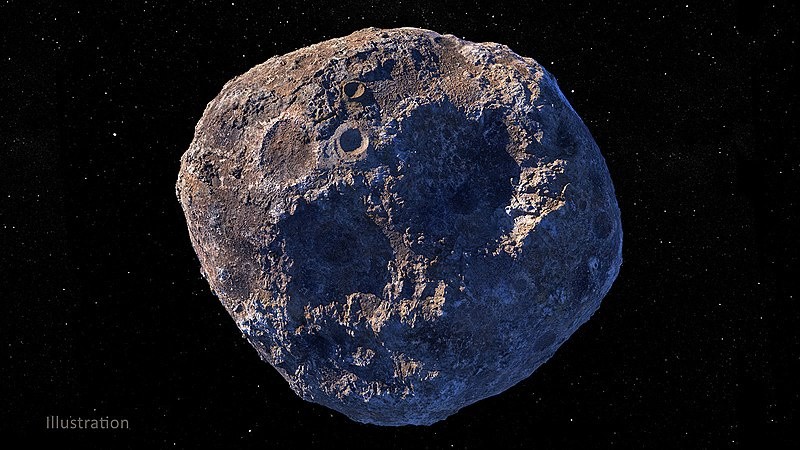For months, a threatening space rock, 2021 QMI, lingered at the top of risk lists around the globe with a real chance of asteroid impact on April 2, 2052.
European Space Agency (ESA)'s asteroid team working with experts at the European Southern Observatory (ESO) has officially removed '2021 QM1' from their asteroid risk list, a result of skilled observations and analysis of the faintest asteroid observed with one of the most sensitive telescopes ever constructed.
With Asteroid Day Live 2022 set for June 30, experts said that the asteroid impact of the riskiest space rock known to humankind in the last year will not impact the Earth for a century.
2021 QMI and Impact 2052

On August 28, 2021, the Mount Lemmon Observatory in Tucson, Arizona first discovered 2021 QM1.
Richard Moissl, ESA's Head of Planetary Defense, said that these early observations gave us more information about the asteroid's path, which we then projected into the future.
Moissl further said that the asteroid's future paths around the Sun, and in 2052 could come dangerously close to Earth. The experts said that the more they observed the asteroid, the greater risk it became.
However, it is important to note that orbit calculations based on only a few nights of observations are subject to some uncertainty, which is why asteroids often get added to the risk list compiled by ESA soon after they are discovered. The asteroids are then removed once more data is gathered, uncertainties are less, and the asteroid is proven safe.
Marco Micheli, Astronomer at ESA's Near-Earth Object Coordination Center (NEOCC) explained that after waiting, they observed that 2021 QM1 was also moving away from Earth in its current orbit. Which means that by the time it moved away from the glare of the sun, it might be too difficult to detect.
Very Large Telescope
Through the European Southern Observatory's Very Large Telescope (VLT), the 50-meter asteroid was seen as it edged out from the sunlight.
Olivier Hainaut, Astronomer at ESO explained that they had a brief window in which to spot our risky asteroid. More challenges in viewing the asteroid became apparent when the Milky Way became its backdrop.
250M Times Fainter than the Faintest
On May 24, a series of new images was taken by ESO's VLT during the night. The data arrived and Hainaut and Micheli began to process them, stacking subsequent observations on top of each other and removing the background stars.
After processing the results show a positive detection of the faintest asteroid ever observed. Using a magnitude of 27 on the scale experts say that 2021 QM1 was 250 million times fainter than the faintest stars visible to the naked eye from a dark spot. Such magnitude is used by astronomers to observe the brightness of objects in the sky.
One Down, 1377 To Go?
With these new observations, the asteroid impact in 2052 was ruled out, and 2021 QM1 was removed from ESA's risk list with 1,377 remaining, SciTech Daily reports.
Read also: Asteroid Detection: 100 Killer Asteroids That Can Hit Earth Found in Space Through a New Tool
© 2025 NatureWorldNews.com All rights reserved. Do not reproduce without permission.





